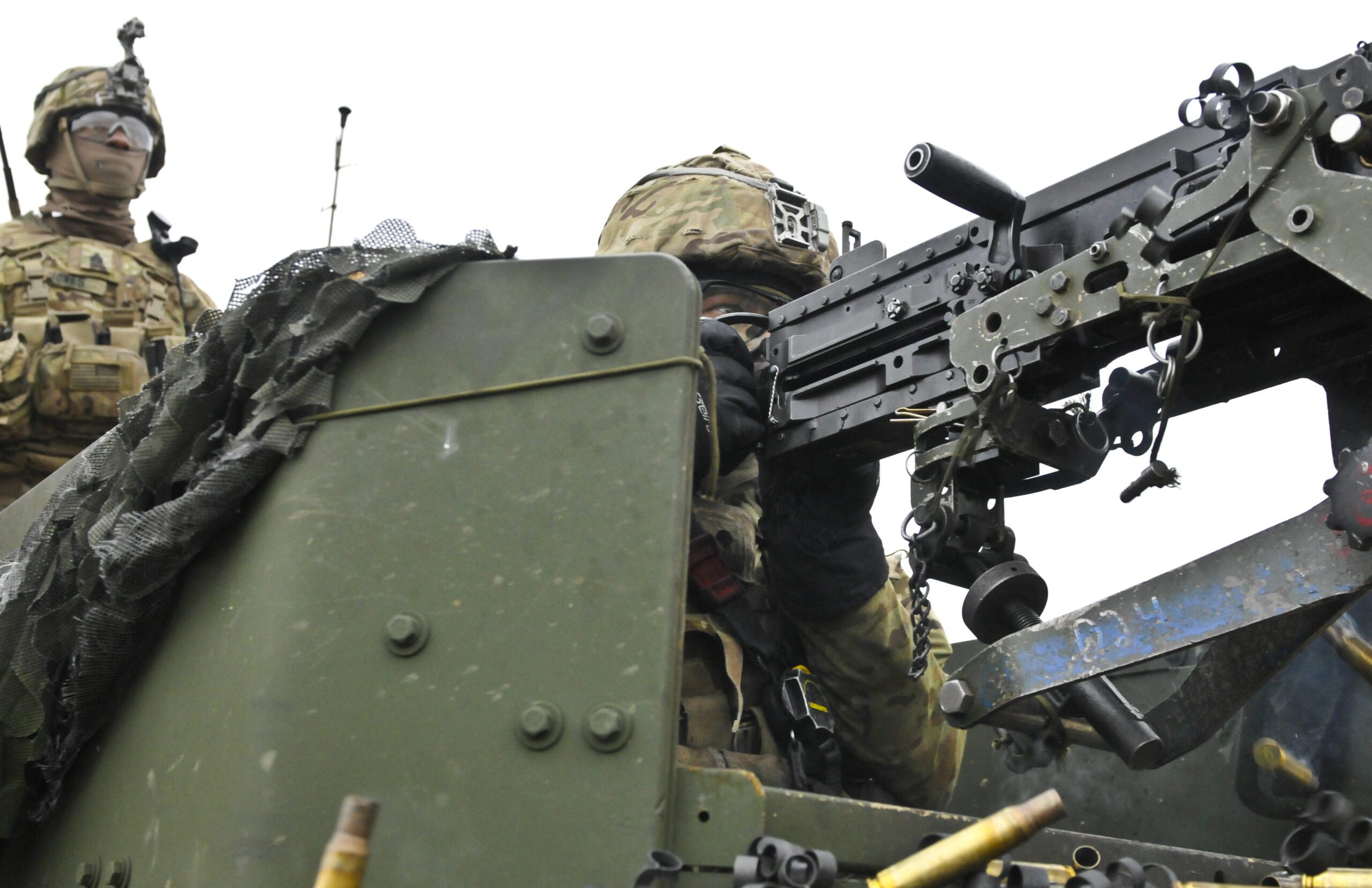‘The system worked as designed’ is bad news

By Caroline Baxter
This article appeared in Defense News on February 9, 2021.
Imagine that, for years, the U.S. intelligence community warns about a specific national security threat that could come to pass. One day, it finally does. International observers sound the alarm. The press picks up the scent. Within two weeks, the threat breaches U.S. defenses, and two weeks after that, Americans begin to die. But it takes six months for the U.S. Army to agree to fill the capability gap with a counter-weapon of its own design, and more than a year after the first American casualties, the Army rolls it out.
This, in fact, just happened. It’s the timeline of the Army’s response to the COVID-19 pandemic, an unambiguous threat to life and livelihoods.
It took a full year for the service to design, approve and distribute a face mask — called a Combat Cloth Face Covering, or CCFC — for its soldiers, an effort that required an additional $43.5 million in contracts to provide temporary solutions. That comes out to about $45 per mask, if you assume every active-duty, National Guard and Reserve soldier received one. A pack of 20 N95 masks at Home Depot costs about $20.
And yet, the Army congratulated itself on the “expedited” timeline, compared to the 18- to 24-month procurement cycle such an effort would normally take.
Read more of Caroline’s article in Defense News.

Written by Caroline Baxter
Caroline is a former research fellow with the Independent America project at the Institute for Global Affairs.
Read more from Caroline
This post is part of Independent America, a research program led out by Jonathan Guyer, which seeks to explore how US foreign policy could better be tailored to new global realities and to the preferences of American voters.





Get Real